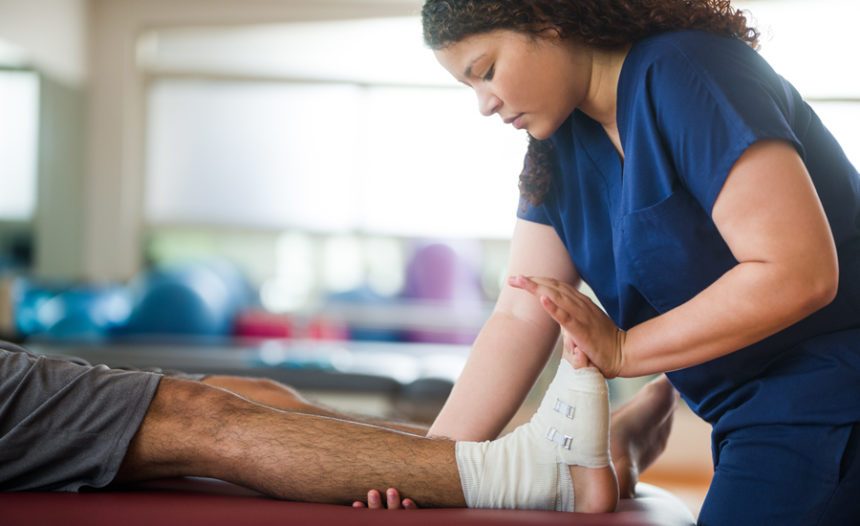
Acute injuries in athletics can occur unexpectedly and frequently lead to critical problems for athletes. These injuries can range from twists and tears to breaks and head injuries. To assist prevent these injuries, it is essential to implement focused protective strategies. These strategies concentrate on education, appropriate preparation, gear use, and overall health maintenance. By addressing these key areas, athletes can considerably lower their chances of experiencing acute injuries while participating in their beloved activities.
One successful method to minimizing the likelihood of injuries is through education. Athletes, trainers, and guardians should be educated about the typical types of traumas associated with particular activities. Comprehending the mechanics of these injuries allows everyone to identify the indicators and symptoms early. Educational workshops or seminars can assist teach players about correct techniques and the importance of warming up before games or training sessions. This understanding enables players to take responsibility for their safety and encourages them to communicate any worries about possible injuries.
Another important protective strategy is adequate preparation. Players should participate in a well-rounded training program that focuses on developing strength, flexibility, and endurance. Strength conditioning assists build the muscles that support joints, lowering the likelihood of injuries. Flexibility routines, such as elongating, can improve the range of motion and decrease the risk of muscle strains. Additionally, athletes should integrate sport-specific drills that simulate game scenarios, which can help them become more familiar with the movements involved in their selected activity. Coaches play a vital role in developing and implementing these training programs to ensure they are secure and effective.
The use of appropriate gear is also essential in preventing acute traumas in athletics. Athletes should always wear the appropriate gear for their specific activity, including helmets, pads, and proper footwear. For example, gridiron players need helmets to shield against head injuries, while soccer players require shin guards to protect their legs from impact. It is essential that gear fits properly and is cared for regularly to ensure it provides the intended safeguarding. Trainers and parents should motivate players to take the time to choose and wear the right gear to minimize their chances of trauma.
In addition education, preparation, and equipment, upholding overall well-being is crucial for trauma avoidance. Athletes should prioritize adequate nutrition, hydration, and rest to keep their bodies in top condition. A nutritious diet rich in vitamins and minerals helps facilitate muscle recovery and overall physical performance. Staying hydrated is also crucial, as dehydration can lead to exhaustion and increase the risk of injuries. Lastly, getting enough sleep is crucial for recovery and maintaining focus during practices and matches. By promoting good well-being habits, athletes can improve their performance and lower their risk of suffering from acute traumas.
In summary, reducing the risk of acute these details injuries in sports requires a multifaceted approach that includes education, proper preparation, suitable gear, and overall well-being maintenance. By concentrating on these specific protective strategies, players can more effectively safeguard themselves from the risks of traumas. Trainers, parents, and athletes all have vital roles to fulfill in creating a secure athletics environment. By cooperating together and emphasizing protection, the pleasure of athletics can persist without the interruption of painful injuries.
Comments on “Efficient Approaches to Minimize the Risk of Acute Traumas in Sports Via Targeted Preventive Tactics”